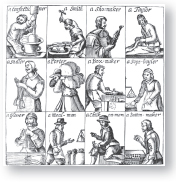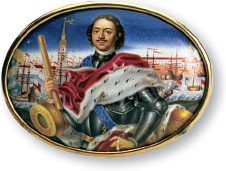Understanding World Societies:
Printed Page 547
> CHAPTER 18 STUDY GUIDE
PUT IT ALL TOGETHER
Now, take a step back and try to explain the big picture. Remember to use specific examples from the chapter in your answers.
|
ABSOLUTIST MONARCHIES AND THE SEVENTEENTH-

|
CONSTITUTIONAL STATES AND THE SEVENTEENTH-

|
|
COMPETITION FOR EMPIRE

|
LOOKING BACK, LOOKING AHEAD

|